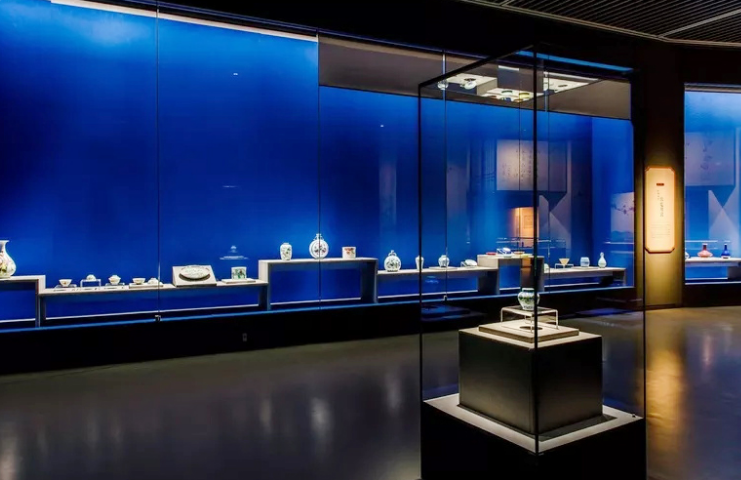Anti-deformation low-reflection glass has the following differences compared to conventional glass:

1. Anti-deformation performance: Anti-deformation low-reflection glass adopts a special material as the interlayer, which gives it the ability to resist deformation. Compared with traditional glass, when subjected to external forces, anti-deformation glass is stronger and more stable and is less likely to bend and deform. This makes the anti-deformation glass more suitable in application scenarios that need to maintain a flat shape, such as display cabinets.
2. Strength and vandalism resistance: the special material interlayer of anti-deformation low reflection glass makes it have high tear strength, which is usually 5 times that of ordinary glass. This greatly improves the vandalism resistance of anti-deformation glass, making it more durable and reliable.
3. Low-reflection performance: Anti-deformation low-reflection glass has been treated with a special anti-reflection coating, which reduces the reflectivity of its surface. Compared with traditional glass, anti-deformation glass can provide a clearer and more visible effect in the display scene, reducing the interference of light reflection and making the exhibits more prominent and attractive.
4. Application areas: Due to its anti-deformation and low reflection properties, anti-deformation and low reflection glass are widely used in the field of cultural heritage preservation such as in museums, art galleries, and exhibition halls. It can be used in scenarios such as exhibition cabinets, display cases, protective covers, etc. It protects cultural relics and artifacts from the external environment and provides a clear display effect.
Overall, anti-deformation and low reflection glass has the characteristics of anti-deformation, high strength, and low reflection through the application of special materials and processes, which gives it more advantages than traditional glass in the protection and display of cultural relics. It can protect the cultural relics from deformation and damage, and at the same time provide better display effects to enhance the audience's viewing experience.





